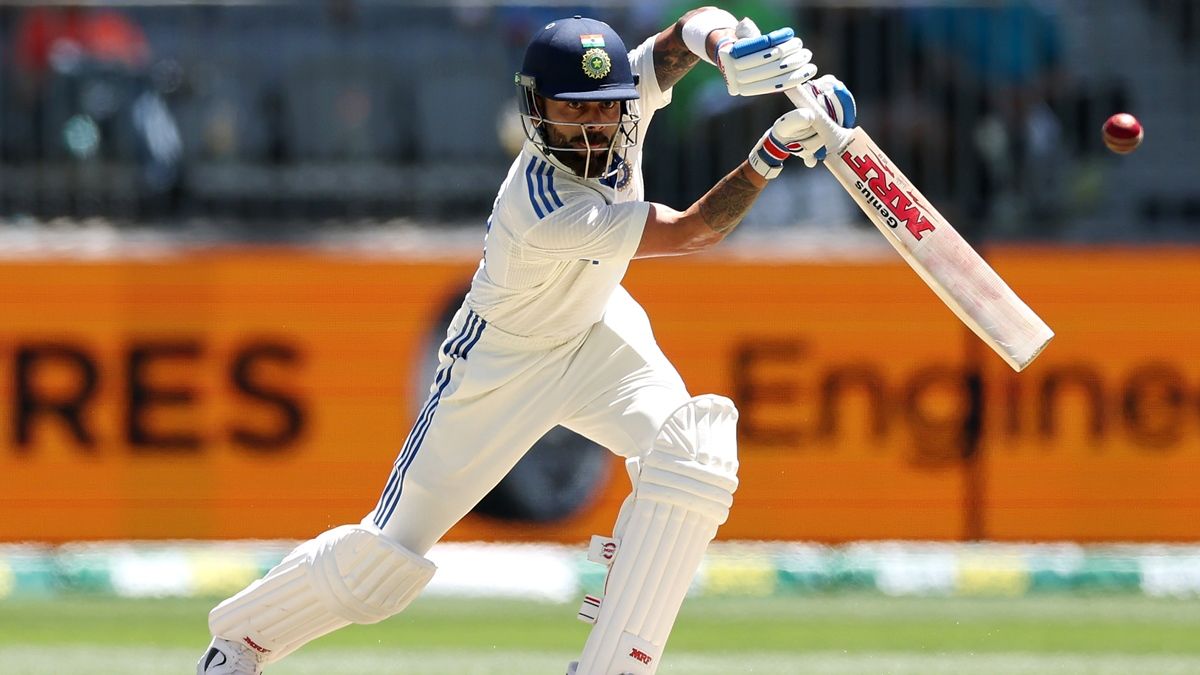Table of Contents
- 1 Shazam, the song search tool that came out in 2002
- 2 “Action” button integrated into the latest models
- 3 With the rise of platforms like TikTok influencing music trends, how can Shazam adapt its algorithm to reflect the evolving nature of music discovery in a short-form video dominated world?
Since its launch, the number of song recognitions with Shazam has officially exceeded 100 billion times Assuming that a person needs to use Shazam to recognize one song every second, it will take 3,168 years consecutively to reach 100 billion recognitions. This is more than 2,200 times the number of Shazam recognitions for “Dance Monkey,” the most popular song of all time. “Dance Monkey” has been tagged over 45 million times.
Shazam, the song search tool that came out in 2002
Shazam was launched as a text messaging service in the UK in 2002. Back then, music lovers dialed 2580, pointing their mobile phones at the music store to identify songs. , and receiving song titles and artist information via text messages. In the following years, Shazam continued to grow in users and influence. But what made his music recognition technology reach millions of users was the launch of the App Store and the arrival of the Shazam iOS App in 2008. As of the summer of 2011, Shazam has over 1 billion identify a song.
After joining the Apple family in 2018, Shazam has entered a new era of technological advancement and innovation, giving music fans more and faster ways to discover music. .
Recent innovations include music recognition functions on iOS and macOS, which allow users to quickly identify music around them or in apps, even when using headphones. The latest watchOS update goes a step further, adding Shazam as a widget to the “smart stack”. For users who are always on the move, Shazam is integrated into the “action” button of the latest iPhone and Apple Watch models, making it easier to identify music with just a long press.

Shazam also enhances the Android user experience, with the latest Wear OS update allowing users to tag songs directly from their watch. In addition, Shazam’s “Quick Options” option gives users direct access to history.
Song recognition has exceeded 100 billion times. “We continue to innovate to ensure that music lovers around the world can press the Shazam button wherever they listen to music! “

Shazam’s growing popularity is also due to its sensitivity to the beat of the music and its ability to tap into global music trends and moments. For example, at the Paris Olympics this summer, Kavinsky’s “Nightcall” became the most recognizable song in one minute. to Apple Music Listen to Shazam’s Top 100 Songs of All Time.

With the rise of platforms like TikTok influencing music trends, how can Shazam adapt its algorithm to reflect the evolving nature of music discovery in a short-form video dominated world?
## Shazam Hits 100 Billion: A Conversation about Music Discovery
**Introduction**
Welcome to World Today News, where we delve into the stories shaping our world. Today, we’re celebrating a remarkable milestone: Shazam surpassing 100 billion song recognitions. To understand the significance of this achievement and its implications for the music industry, we’re joined by two esteemed guests: [Insert Guest 1 Name and Credentials] and [Insert Guest 2 Name and Credentials].
**Section 1: The Shazam Phenomenon**
* **Question 1 (for either guest):** Shazam’s journey, from a text message service to a ubiquitous app, is fascinating. What do you believe are the key factors contributing to its phenomenal success?
* **Question 2 (for Guest 1):** 100 billion recognitions is a staggering number. Can you elaborate on the sheer scale of this achievement and what it signifies for Shazam’s impact on music discovery?
* **Question 3 (for Guest 2):** What does the popularity of specific songs like ”Dance Monkey” reveal about our listening habits and how Shazam reflects cultural trends?
**Section 2: Shazam in the Digital Age**
* **Question 4 (for both guests):** The article highlights the integration of Shazam into various Apple devices and Wear OS. How has this integration impacted the user experience and broadened the reach of the platform?
* **Question 5 (for Guest 1):** What are some potential challenges or opportunities associated with the increasing integration of music recognition technology into everyday devices?
* **Question 6 (for Guest 2):** Looking ahead, how do you foresee Shazam adapting to evolving technologies and listening habits? What role might artificial intelligence and other innovations play?
**Section 3: The Future of Music Discovery**
* **Question 7 (for either guest):** Beyond simply identifying songs, how can platforms like Shazam contribute to a richer and more interactive musical experience for users?
* **Question 8 (for Guest 1):**
Do you believe platform-specific music discovery, as exemplified by Shazam’s integration with Apple Music, could lead to fragmented listening experiences? What role can open platforms play in ensuring a diverse musical landscape?
* **Question 9 (for Guest 2):** How can we ensure that the benefits of music recognition technology are accessible to all, regardless of their technological resources or listening preferences?

![Rating “Popular Aeon Mall in Osaka Prefecture”! The second place is “Aeon Mall Rinku Sennan” in Baile Sennan, 1st place?[Deasachadh Samhain 2024]| Rating “Popular Aeon Mall in Osaka Prefecture”! The second place is “Aeon Mall Rinku Sennan” in Baile Sennan, 1st place?[Deasachadh Samhain 2024]|](https://research.image.itmedia.co.jp/wp-content/uploads/2024/04/1713257740_1708396864_pic.jpg)